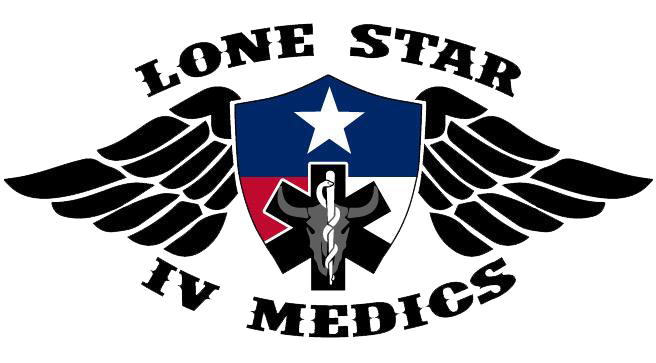
In response to Covid-19, the global drug development community has moved faster and further than ever before. But what have we learned from meeting this emergency? Players throughout the ecosystem, from drug developers to regulators, are considering how we can apply real-world lessons to benefit patients in the future.
While drug developers succeeded in rapid development of safe, effective vaccines, a lot of time and resources were wasted on projects that duplicated effort or disregarded existing science. Acting on lessons learned, and repurposing tools effectively used during this pandemic, will be critical in meeting the next one. Future drug discovery and development programs must take fuller use of these three strategies:
Rethink clinical trials
The average cost of bringing a drug to market is about $2 billion, of which more than half goes to clinical trials. Traditionally, researchers recruited patients whose main virtue was their availability, and thus, many drugs were developed without ethnically, economically, or geographically diverse clinical trial populations. The pandemic pushed researchers to telehealth- and technology-fueled decentralized trials, which took place even with the pandemic raging. With more people available for trials, drugs and dosing can be more effectively and accurately developed for more kinds of patients than ever before.
But before conducting clinical trials, many researchers employed biosimulation, which uses in-silico, computer-based modeling with virtual patients. Fast and relatively inexpensive, biosimulation reveals rich information about how a drug would perform and how to best design a trial before the drug is ever tested in patients. The demand for speed pushed biosimulation to the forefront, advancing mindset and practice toward computer-based trials. I’m proud that the organization I lead has partnered with Covid-19 vaccine and therapeutic developers to optimize trial design and dosing for different populations through biosimulation.
Collaborate to accelerate action
During Covid-19, the scale and effectiveness of collaboration was unprecedented, with results evident in the amazing speed of vaccine development and approvals. And yet, based on pitfalls witnessed in 2020, there is much scope for improvement.
Collaborative clinical trials took too long to establish. When they did start, there was wasteful duplication of effort: 218 clinical trials tested hydroxychloroquine; many open-source projects were more ‘closed’ than ‘open;’ and poorly designed, repetitive trials for Covid-19 treatments yielded little insight as to what worked and what didn’t. In an emergency, time and resources are limited; we could have used both better.
The UK excelled at collaboration with their national trials. One large trial of dexamethasone proved that the cheap, widely available steroid reduced recovery time significantly in severe Covid-19 cases. This trial succeeded because the UK’s NHS was able to conduct efficient, randomized trials, coordinated across more than 176 hospitals with a central data repository.
Proactively prepare for the next pandemics
Early in the pandemic, we again learned the lesson in the Scout Motto: “be prepared.” The U.S. government has so far reactively spent or committed a staggering $8 trillion+ on the pandemic, which doesn’t begin to include the enormous toll in human suffering.
Preparing for future pandemics is worth serious investment today, and it means securing supply lines and stocks of critical materials, planning control and communication, and ensuring drug development systems remain capable of creating needed vaccines and treatments. We can also prepare by actively tracking known and emerging threats, modeling their likely spread, and running scenarios of potential cures and treatments. Public-private partnerships should be encouraged; NGOs like the Bill & Melinda Gates Foundation played an important role by working with drug developers to accelerate treatments and vaccines through collaborative action and data coordination.
After Covid-19
Covid-19 is teaching us many lessons the hard way. Sector-wide, innovative approaches such as virtual trials and expedited regulatory pathways were embraced out of necessity, and hard-won learnings led to vaccines and treatments developed in record time. This pandemic has shown that collaboration, biosimulation and decentralized trials, and active preparedness programs lead to fast, effective drug development when we really need it.
These successes will change future drug development. Not only must we incorporate these lessons in our planning for the next pandemic, we must also apply them to every drug development effort we undertake so that we can accelerate the creation of new medicines for people in need.
Photo: metamorworks, Getty Images
Dr. Feehery joined Certara in June 2019 as CEO. Dr. Feehery came to Certara from DuPont, where he served from 2013 to 2019 as president of DuPont Industrial Biosciences, a $2.2 billion global biotechnology business, which experienced significant growth and profitability under his leadership. In that role, he had full P&L responsibility for 3,000 people, including 500 R&D staff, 20 manufacturing plants, and worldwide marketing and sales across multiple markets. He joined DuPont in 2002 with extensive prior experience in venture capital and as a consultant for the Boston Consulting Group.
Dr. Feehery also serves as a board member for West Pharmaceutical Services, a manufacturer of packing components and delivery systems for pharmaceutical, biotech and medical device companies.
Dr. Feehery holds both a PhD in chemical engineering and an MBA from MIT. He was a Churchill Scholar at Cambridge University, and received his BSE in chemical engineering from the University of Pennsylvania. His doctorate, awarded while he was the recipient of a National Science Foundation Fellowship, involved developing software and mathematical methods for modeling complex systems.
This post appears through the MedCity Influencers program. Anyone can publish their perspective on business and innovation in healthcare on MedCity News through MedCity Influencers. Click here to find out how.










